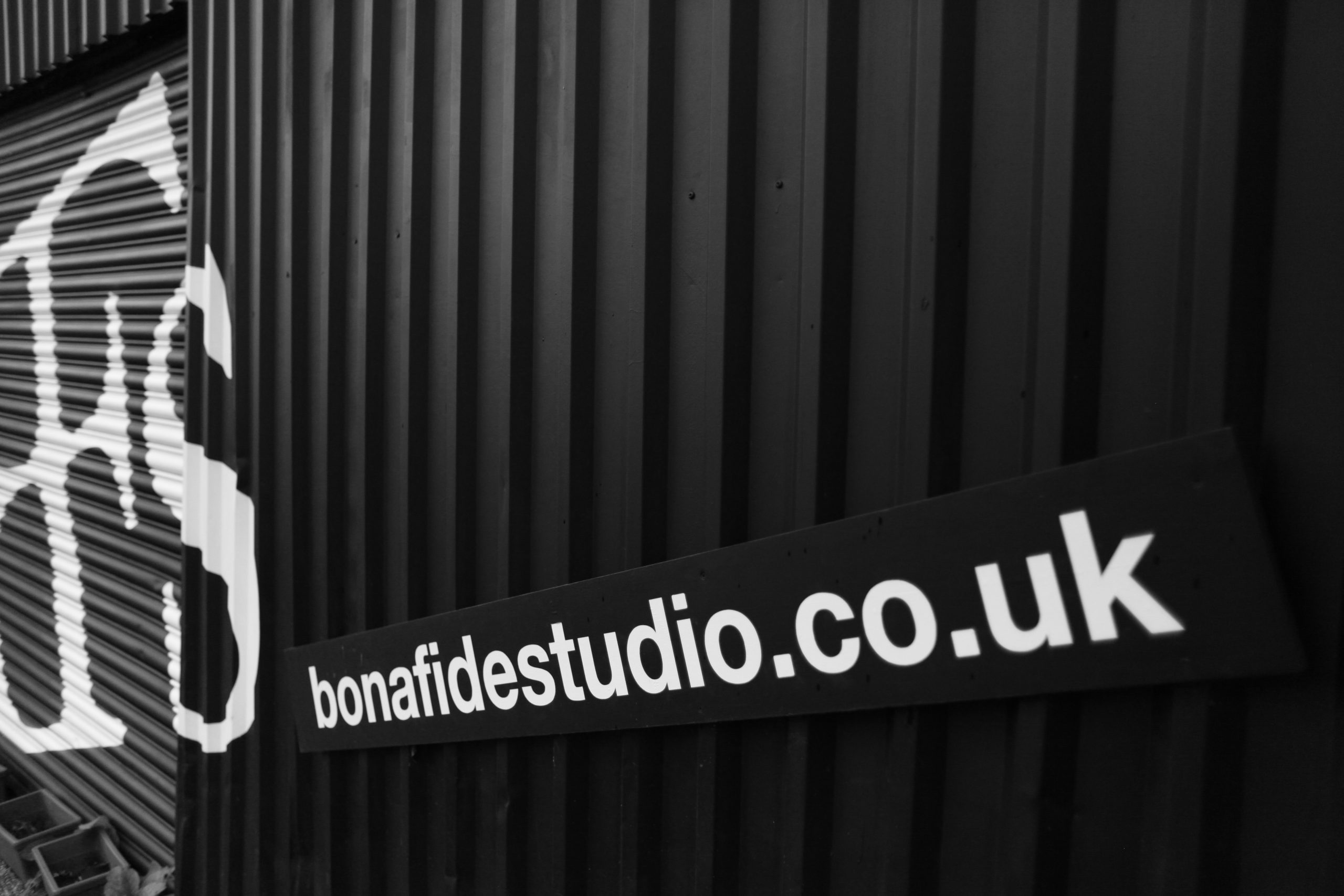
How to Prepare Your Mix for Professional Mixing & Mastering
Whether you’re an independent artist recording at home or a seasoned professional finishing an album, preparing your tracks properly before sending them for professional mixing and mastering can make all the difference.

A clean, well-organised session allows your engineer to focus on creativity and precision not troubleshooting file issues or fighting distortion. At BonaFideStudio, we handle both in-house and online mixing and mastering for artists worldwide, and experience has shown that a little preparation goes a long way. Here’s how to make sure your music arrives truly mix- and master-ready.
1. Preparing for Mixing
Export Clean, Organized Stems
Before exporting, make sure every track starts at the same point ideally bar 1, beat 1 even if it doesn’t play immediately. This keeps everything perfectly aligned in the mix session.
Export each stem as mono or stereo depending on the source. Keep your sample rate and bit depth consistent (44.1kHz or 48kHz, 24-bit minimum). Avoid MP3s always use WAV for professional fidelity.
Remove Unnecessary Processing
Unless an effect is integral to the sound, avoid printing EQ, compression, or limiting. This gives your mix engineer the flexibility to balance tones effectively.
If there’s a sound you love that relies on a plugin such as a vocal delay or guitar amp sim send two versions: one with and one dry.
Maintain Proper Headroom
Keep peaks around -6dB to -3dB on individual tracks. This ensures clean gain staging and prevents digital clipping during the mixing process.
Label Everything Clearly
Use clear, descriptive names: Kick In, Snare Top, Bass DI, Lead Vocal, BV1 etc. Organized sessions save time and prevent confusion, especially when sending files for online mixing.
Provide a Rough Mix and Notes
Include a quick bounce to demonstrate your intended balance, panning and vibe. Add short notes on creative direction for example, “Vocals should feel intimate but upfront” or “Keep drums punchy and tight.”
2. Preparing for Mastering
Once your mix is complete and approved, it’s time to prepare for professional mastering the stage that gives your tracks polish and consistency across playback systems and streaming platforms.
Leave Headroom
Leave at least -6dB of headroom on your stereo mixdown. Avoid limiters or maximizers on the master output. If you’ve mixed through light bus compression for tone, also send a version without it.
Deliver the Right File Format
Export a stereo WAV at your session’s native resolution (24-bit preferred). Avoid MP3 or AAC lossy formats reduce clarity and dynamic detail.
Check for Clipping and Phase Issues
Listen carefully for any distortion, clicks, or pops. Check mono compatibility to catch potential phase cancellation before mastering.
Provide Reference Tracks
Send one or two commercially released songs that match your vision for tone, loudness, or feel. References help the mastering engineer align with your creative intent.
3. Common Mistakes to Avoid
-
Mixing too hot: leaving no headroom for mastering.
-
Over-processing: heavy EQ or compression before mixdown.
-
Wrong export settings: inconsistent sample rates or bit depths.
-
Poor organization: unclear file naming or folder structure.
-
No references: forcing engineers to guess your intended sound.
4. Final Pre-Send Checklist
Before sending your project to a mixing and mastering engineer, run through this:
✅ All files start at bar 1, beat 1.
✅ Stems exported as WAV/AIFF, 24-bit minimum.
✅ Mono/stereo tracks correctly assigned.
✅ No clipping or unnecessary limiting.
✅ Clearly labeled folders.
✅ Rough mix and creative notes included.
✅ Reference tracks attached.
5. Ready to Send?
Proper preparation isn’t about rules it’s about collaboration and getting the best results from your mixing and mastering studio. A well-prepared session means faster turnarounds, fewer revisions and mixes that sound powerful on every platform.
At BonaFideStudio, we take pride in delivering mixes and masters that stand up across genres from pop and rock to hip-hop, jazz and orchestral. Our engineers provide both in-studio and online mixing and mastering services for artists who want clarity, balance, and impact.
📞 020 8883 9641
Let’s make your next release sound the way it should authentic, dynamic, and truly Bona Fide!




